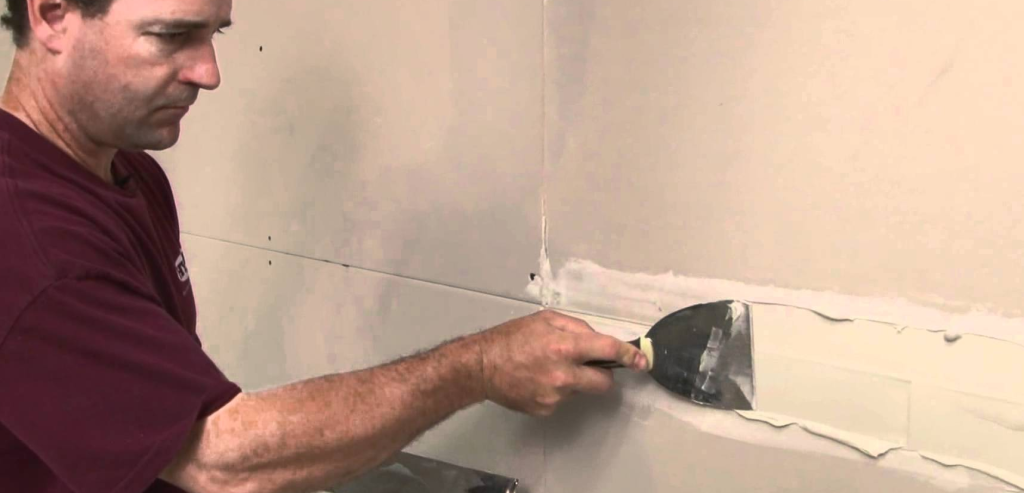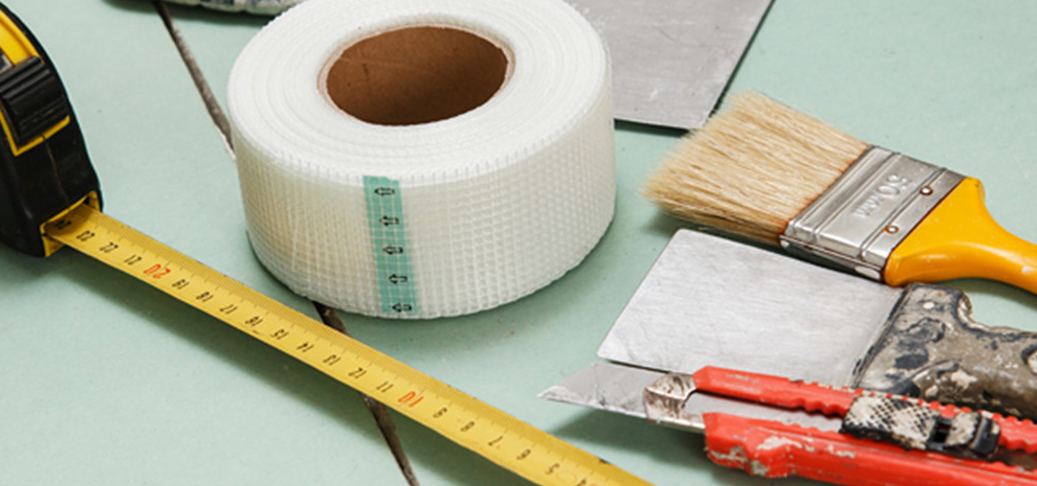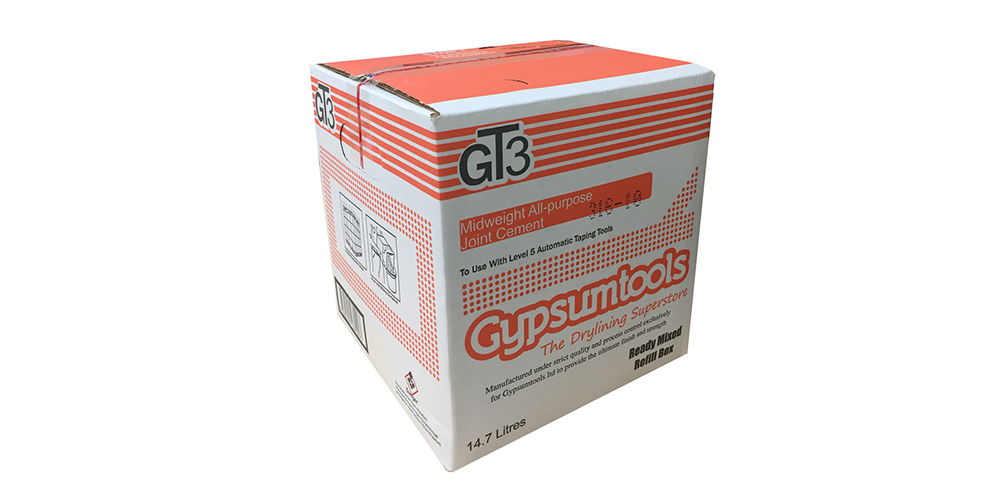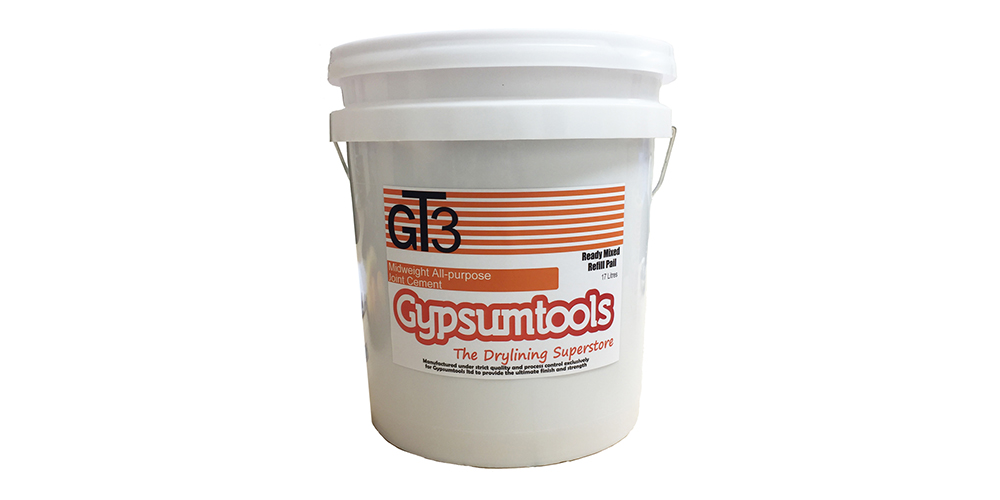If you have a spot of DIY or home improvement on the cards and haven’t come across the art of putting up drywall before, then you might be wondering what is drywall taping.
Essentially, it’s a really useful way of covering the joints and seams between drywall panels to leave a smooth and flawless finish on your wall.
Looking to learn how to tape drywall corners? Unsure how to tape drywall ceiling or simply how to use tape for drywall? Then read on…
When putting up drywall panels, you would fill in the seams or gaps with a small amount of joint compound, spreading and smoothing it evenly with a putty knife to the level of the wall surface. Then you can gently smooth the paper tape over the top until it sticks to the wall. If some of the mud comes out from under the tape, it can be feathered away to give a smooth surface.
Drywall taping is the way you create a strong bond between the sheets of drywall. Then a thin layer of joint compound is smoothed over the top to finish.
When drywall taping is done correctly, it’s impossible to detect where one-panel finishes and another begins, once the wall is painted, so it is the choice of many a drywall professional, especially when time and quality of finish are important.
Why Do We Use Tape On Drywalls?
Drywall tape is made from plain paper, which is a similar texture to the drywall panels. It comes in a roll which can be applied along the joints by hand or by using an automatic taping tool.
As well as covering the basic joints between two adjacent panels, it can also be used to cover internally. At this point the tape would be folded in half before being pressed into the corner, thus creating a seal that hides the area where the panels join.
Some people in the drywall industry ask about the need for tape for drywall and whether it would be just as effective to fill the joints with mud and smooth it over.

Why You Should Use An Automatic Taping Tool For Speed
As we mentioned earlier, it is possible to apply the tape by hand, but if you’re able to buy or rent an automatic taper which applies compound/mud at the same time, then you can save yourself an awful lot of time, effort and money. The difference in taping time between using a machine and doing it by hand is actually pretty impressive.
The automatic taping tools are not only quicker at getting your drywall job finished, but they are also safer to use, as you can reach areas such as ceilings without the need for ladders or stilts.
If you’re looking to invest in an automatic taper, then we have some great examples by Level 5 and Northstar which will work perfectly with your tape.
Order Your Tape Online
When you’re in need of some extra tape for your drywall job, or you’re looking for the kit you need to get started, you can order your drywall tape online with Gypsumtools today and benefit from safe and speedy delivery direct to your door.
If you have any issues with your ordering process or have a few questions then please get in touch and a member of the team will be in touch to help you out!
Find out how you can make huge savings on our taping tools with our Taping Tool Kit Builder, featuring DeWalt and Level 5 taping tools.





